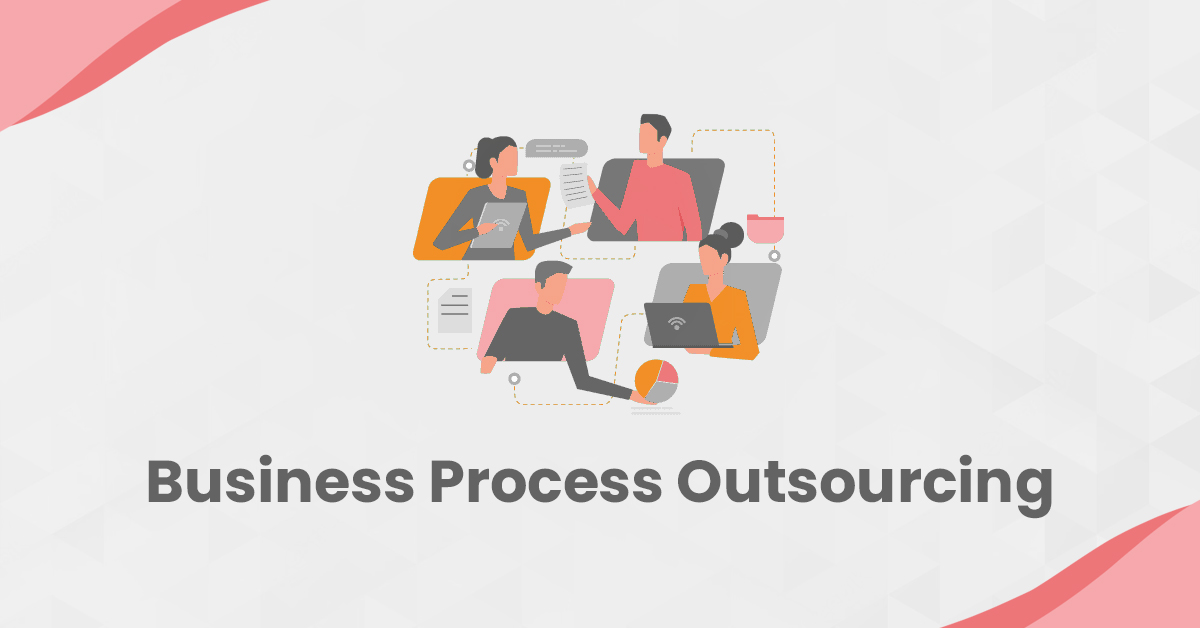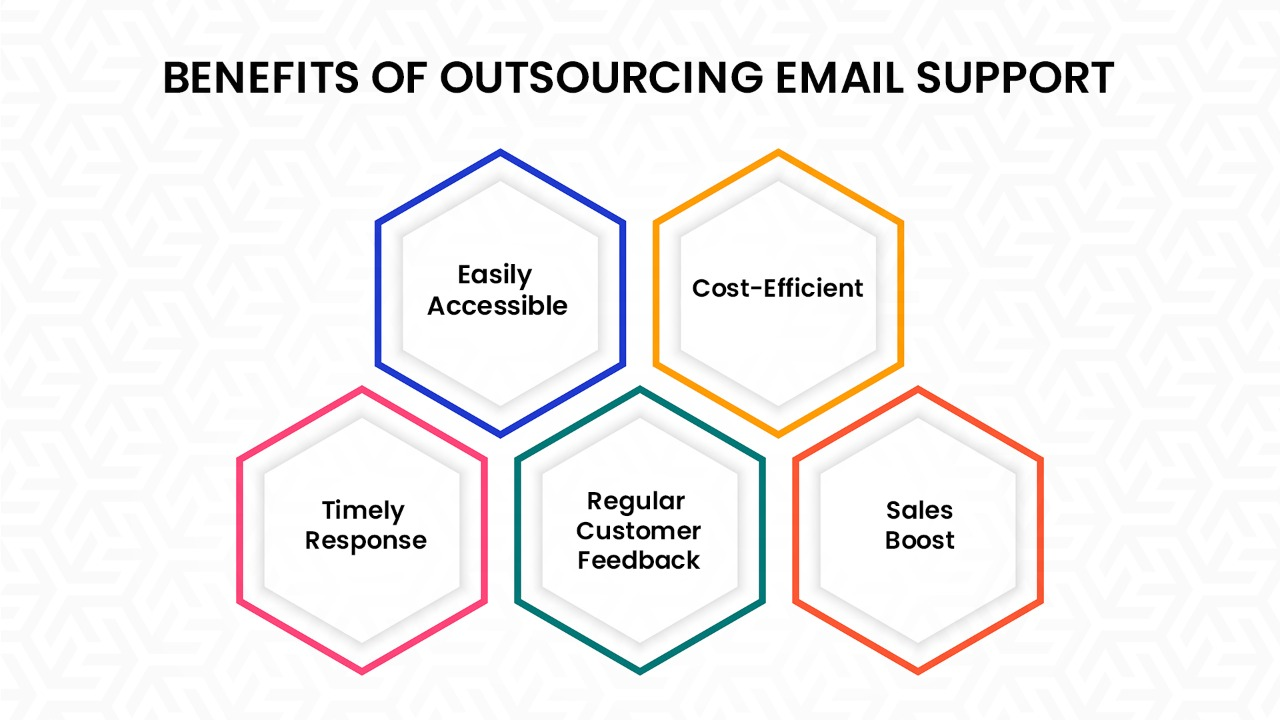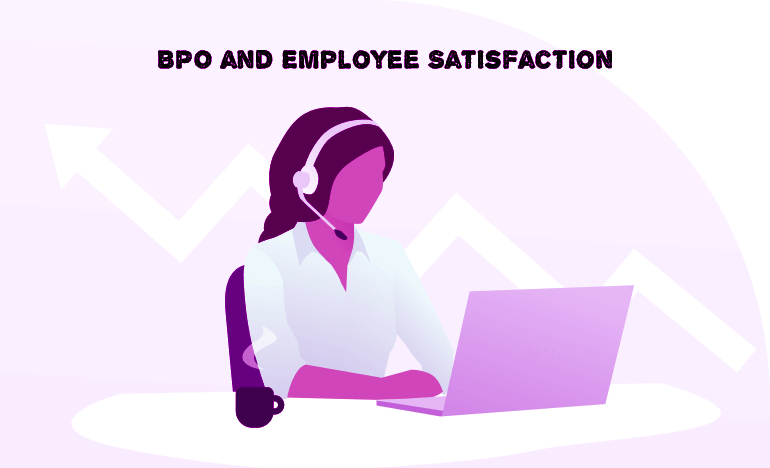Top 6 Strategies for Retaining Customers in a High-Tech World
Customer retention is one of the most effective ways to achieve business success, but converting customers into repeat buyers is not always easy, especially if you don't use tried-and-true strategies. Customers are the lifeblood of any business, and companies worldwide are working even harder to figure out how to keep up in these challenging times. Customers are constantly looking for deals, making purchases, and remaining loyal to their favorite brands. Those brands can use credible customer retention strategies to justify their continued loyalty.
We conducted extensive research on the most successful client retention techniques for growing your business during and after the recession.
What is a customer retention strategy?
The customer retention strategy includes specific methods that boost customer satisfaction and keep customers buying from a firm in the long run. Customer retention methods contribute to a loyal customer base and increase long-term profitability. Since you have worked so hard to win their business, it only makes sense to encourage them to become repeat customers. With an average of 68% of sales coming from a current client base, it is clear why having a retention plan is critical.
How to calculate your customer retention rate
When calculating the customer retention rate, subtract the number of customers at the end of the period from the number of new customers, divide that number by the number of customers at the start of the same period, and multiply the residual by 100%. As a result, the criteria for each industry vary. When one person believes normal may be considered excessive by another. You should constantly work to improve your retention strategy so that customers want to stay.
Customer retention strategies to reduce churn and grow your business
You're now ready to create an integrated approach for increasing client retention. Here are 6 customer retention tactics to get you started:
- Deliver exceptional customer service
- Create a thoughtful customer onboarding process
- Make it personal with personalization
- Empower your team
- Get the whole company involved
- Use automation to re-engage customers
Deliver exceptional customer service
Improving customer service is an important customer retention strategy, as 89 percent of customers believe that poor customer service negatively impacts their perception of a business. And, with so many communication channels accessible for people to share their ideas with a large audience, you don't want any negative impressions flying around.
Simply put, excellent customer service increases retention. Retention leads to increased sales. Increased sales lead to business growth and lower churn.
Several elements contribute to exceptional customer service:
Authenticity: Does the process feel tailored to everyone?
Integrity: Do you believe your product or service delivers exactly what it promises?
Empathy: Are you committed to assisting clients with their concerns with your product or service?
Effort: Are you willing to do the necessary work to create a relationship?
Expectations: Do you anticipate, meet, and exceed customer expectations?
Resolution: How do you handle situations where expectations are not met?
Create a thoughtful customer onboarding process
You must engage new clients from the start, and the best way to do it is through a strong onboarding program. This is your opportunity to teach clients how to get the most out of your product and increase their return on investment.
Create an automated email series that introduces new clients to your brand, offers instructions on how to use your product or service, and opens the door for contact.
Make it personal with personalization
Personalization is undoubtedly one of the most critical variables influencing the consumer experience. If your team is overly concerned with uniformity throughout client encounters (e.g., mandated scripts), you are likely to create a cold and uncomfortable environment, resulting in low customer satisfaction. Instead, treat each consumer as a distinct individual, tailoring their experience to their specific history, concerns, and interests.
Empower your team
As a customer, nothing is worse than hearing, "We'll get back to you."
An excellent method to avoid this is to empower staff to handle issues as they arise by giving them training that includes a choice of resolution alternatives tailored to customer scenarios. A one-size-fits-all approach to seeking solutions frequently results in impersonal experiences devoid of empathy.
Allow your staff to be flexible rather than cage them in with strict reactions. For example, if you provide a service, provide your customer support personnel a modest selection of resolution choices to pick from when dealing with complaints, such as a discount for future services, free additional services, or whole or partial refunds.
Get the entire firm involved in client retention.
Many businesses solely consider front-line staff, such as customer service, when designing a retention plan. Instead, merely teaching people who engage with customers, incorporates all teams.
Align all teams, from customer support and sales to product development and marketing, by outlining how each contributes to customer retention objectives. From there, team leaders can narrow down even further the ways employees can achieve results that lead to client retention.
Use automation to re-engage customers
The potential of automation brings up a new universe of possibilities for re-engaging clients. Automation not only saves time and resources but also allows you to reach out to several consumers at once while keeping conversations relevant and individualized.
Customers frequently offer email addresses to obtain newsletters and promotions. This is an excellent opportunity to reengage with personalized material based on their data. Send material, product recommendations, or promotions based on their purchase history. The more customized, the more likely a customer will continue to interact with your business.
Conclusion
implementing effective customer retention strategies is crucial for sustaining business growth and profitability. By focusing on delivering exceptional customer service, creating a thoughtful onboarding process, personalizing customer experiences, empowering your team, involving the entire firm in retention efforts, and leveraging automation to re-engage customers, businesses can significantly enhance customer loyalty and reduce churn. Retaining existing customers not only stabilizes revenue streams but also fosters long-term relationships that are valuable during both prosperous and challenging economic times. By prioritizing these strategies, companies can build a loyal customer base that supports continuous growth and success.
Experience exceptional customer support and innovative solutions with JindalX. We empower businesses to thrive through expert strategies and unparalleled service excellence. Discover the difference with JindalX.
x



Comments
Post a Comment